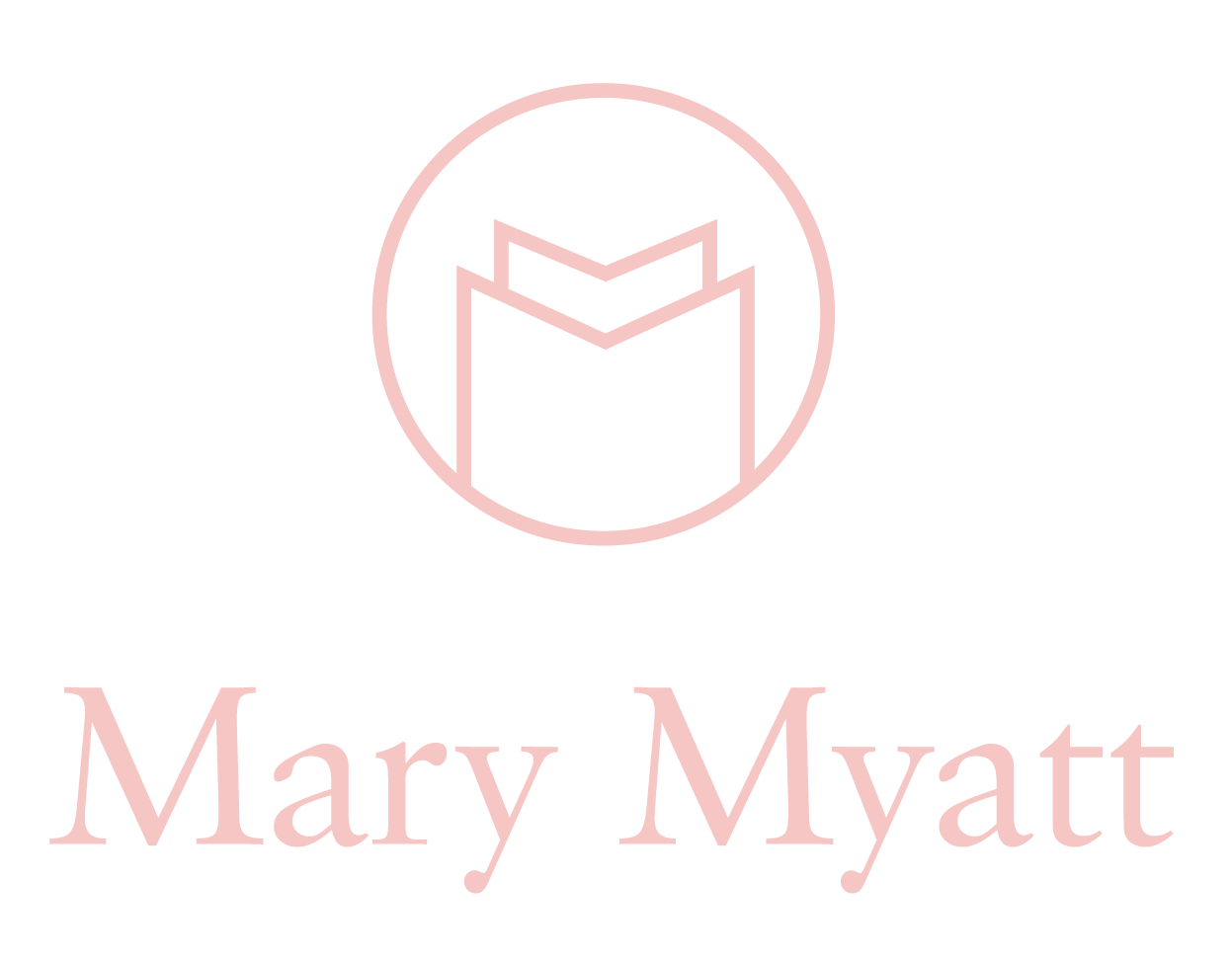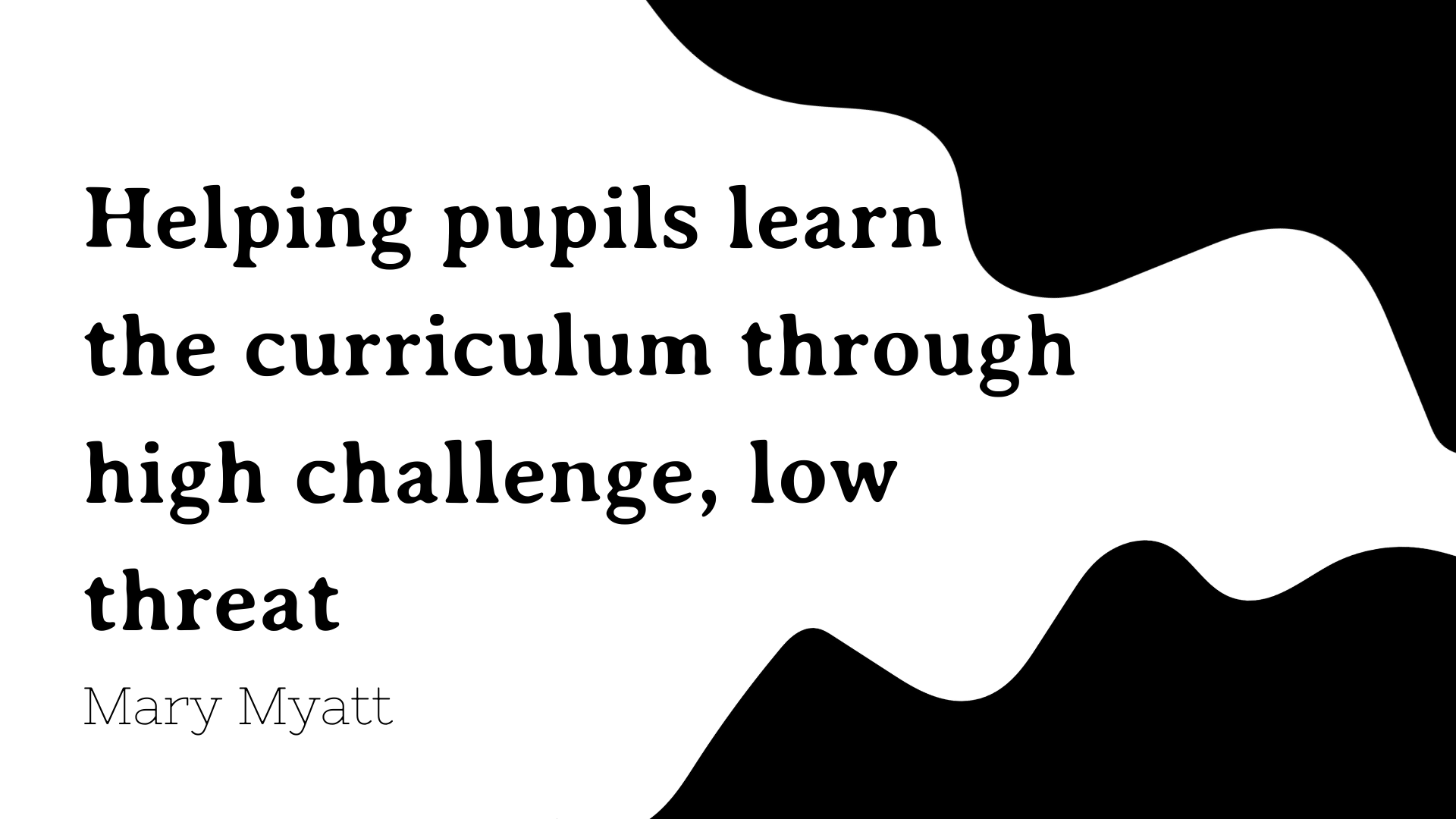I might have taught it, but have they got it?
There is a joke about two men in a bar. One says to his friend ‘I’ve taught my dog to speak French.’ ‘Really?’ says his mate, ‘let’s hear him then.’ ‘I said I taught him, I didn’t say he’d learnt it’ comes the response. There is something important in this anecdote and it is this: that the fact that I have taught something does not mean that my pupils have ‘got’ it. And they are unlikely to have really learnt something unless they produce something worthwhile with the material they are studying.
In the video explaining the rationale for the national curriculum, Tim Oates talks about curriculum ‘products’. When he talks about products he means the things which pupils write, say, draw, the low stakes tests they complete or the things they make. All these provide insights for the teacher into the extent to which pupils know, understand and can do something on their own terms.
First, to consider writing. In many parts of the sector, there is a temptation to get through the writing as fast as possible. A written piece of work requires considerable background knowledge, discussion of that knowledge and rehearsal in order for it to come together. Too often, pupils are set off on a writing task without sufficient ‘food’. By food, I mean the stimulus, exposure to and discussion of vocabulary, use of spelling, punctuation and grammar to support meaning and modelling by the teacher. English teacher Matthew Pink has quite rightly said ‘Showing kids a pre-prepared model answer and asking them to write a paragraph off the back of it is no different from showing them a picture of Duck l’Orange and sending ‘em to the kitchen to knock one up. Teachers must get in her habit of live modelling whenever it is required.’
Writing is slow and it is difficult. But when pupils are supported and guided through the writing process carefully, the product of writing is likely to reflect what they really understand.
So we need to move away from a temptation for children to complete work, which might not be original to them, such as completing closed questions on a worksheet, for example, and to conclude that they have understood, just because they have completed it. Completion of a task and understanding are not the same thing, but they are often confused. So a child is praised for having finished, before it has been checked whether they have understood it or not.
Next, to what children say: it is the responses which pupils give which provide insight into whether they have understood something. If we are going to find this out, we have to spend time during the lessons asking children questions and listening carefully to their answers. This needs to happen more. Under the pressure of time, it is tempting to either take the first correct answer from one or two children and assume that everyone has ‘got’ it; or to complete some of the answers if they are struggling; or to take incomplete or partial answers and assume that they know the rest. What quite often happens is that children are praised for an incomplete answer and then the lesson moves on. This is not good, on several counts: first, the teacher’s information is incomplete - in the rush to move on to the next part of the lesson, the brief incomplete response is taken to have more significance than it does: it is nothing more than an incomplete response and it is not enough information to judge whether to move on or not. The second reason it is not good enough is because we often need to rehearse and say our thoughts out loud before committing them to paper. As James Britton argued ‘writing floats on a sea of talk'. So by short-cutting the responses we not only have incomplete information about the security of children’s learning, we also are denying them the chance to practise articulating their thoughts. And the third reason why it is not good enough is because pupils have the right to have their ideas heard by others. By moving on too swiftly we are cutting down their ability to refine their language and to deepen their understanding.
The importance of speaking is emphasised in the national curriculum for English. We are doing our children a disservice if we do not both provide them with opportunities and also expect them to articulate their ideas. Many children come from backgrounds which are language poor. If we either expect partial answers, or don't ask them to speak out loud in full sentences, using subject specific vocabulary then we are denying them the opportunity both to engage deeply with the material and also to perform well in the subject when it comes to exams.
In some, but not all, areas it is possible to gain an insight into children’s thinking through their artwork or artefacts. If they have made a representation of a key idea from literature, or history, or science through sketching or through creating something and are able to talk about what they have produced and how it relates to the subject matter, then it follows that we can gain information about what they understand and where the gaps might be.
Many schools are now experimenting with thinking about real audiences for children’s work. Much of what is asked of children in schools is isolated knowledge and skills. While there is nothing wrong with this per se, the purpose of learning takes on a new dimension when we ask ourselves, where could this go, who else needs to know about this, are there links we could make with this knowledge with the wider community? Who might be an external audience for what we have done?
These are some of the things they are doing: creating a class blog, preparing an exhibition with detailed notes for visitors, preparing samples of their work for governors, taking part in local and national competitions, linking with the local community on arts and environmental projects, younger children sharing their work with older pupils, and vice versa, asking family to come into school to see their work. Children are only able to engage with these wider audiences if they have something authentic to share, based on solid foundations of deep knowledge.




